For the last two years, the housing market has been booming. But after going on a tear, there are signs that changes are ahead. Many hopeful people are wondering, is the housing market finally cooling off? This would come as welcome news for prospective buyers who have been priced out of homes or stuck in bidding wars. Based on market analysis and recent trends, there are several indications that the housing boom may be over.
The Housing Market Since Covid-19
There have been drastic fluctuations within the real estate and housing markets over the last few years. Namely, everything has gotten more expensive. The national average price of homes has increased by 30% since the pandemic began. In 2020, the national average was $329,000, but prices peaked in May 2022 at $430,000.While people expect the normal increase between 3-5% each year, prices rose by 12% in 2020, and 15% in 2021.
These figures represent the national average, but home prices vary greatly between states. California, Hawaii, and Washington D.C. have seen the greatest increases with the most expensive average home prices. However, the median cost for a home in Arkansas, Mississippi, and West Virginia is well below the national average.
As the economy rebounded from the impacts of Covid-19, it became a seller’s market. There were growing demands for homes, but only a 1.7% increase in the number of available units. Since the supply couldn’t keep up with the demand, home prices skyrocketed across the country. But now that prices are stagnating, economists believe that there are changes ahead.
8 Signs the Housing Boom is Over
Due to recent trends, some analysts believe that the spike in the housing marketing may be leveling off, with hopeful anticipation that it may even be in decline. Based on recent sales data, there may be some indications that the housing boom is over.
1. Major markets are cooling down.
Cities like Phoenix, San Diego, and Denver saw some of the steepest increases in the real estate market. However, prices have started receding in the last few months.
In August 2021, prices increased by 30.9% in Phoenix. However, a year later there was only a 17.8% increase. In San Diego, prices were up 23.2% in 2021, but only 13.7% for 2022. Additionally, Denver residents saw an 11.4% increase in 2022, down from 19.5% in the previous year. If these trends continue for the next few months, it’s safe to say that some of the hottest markets look to be cooling down.
2. Inventory is increasing.
Of course, available inventory will vary between markets. But generally speaking, there are more homes available on the market today than in the last two years. Based on data compiled by Redfin, there were 1.8 million homes for sale in August while only 1.1 million were listed in January of 2022. And if there is more competition, that usually means lower prices.
3. Prices are falling.
The national average for the price of homes peaked in Q2 of 2022 at nearly $430,000. Since then, median home prices have fallen, now settling around $389,500.
Although this is s positive sign, it should be taken in stride. Sales data can change from month to month, with slight increases in some cases. However, the general trend shows that prices are falling. This comes as a huge relief to potential buyers who have been priced out of purchasing a home or forced into bidding wars. If prices continue to fall, more people may finally be able to afford their own homes, providing further relief in the rental market as well.
4. Houses are selling below the asking price.
During the height of the boom, realtors expected nearly every home to sell above the asking price. In many instances, interested buyers had to incentivize owners to sell to them by waiving inspection fees, writing personal letters, or paying extra to convince them to sell. Now, more homes are selling at or below the original asking price.
5. Homes are staying on the market longer.
Looking back, it was also common for a home to sell the first day it listed, sometimes within hours. People rushed to snatch up listings before the competition had a chance to act. Because of this, homes rarely stayed available for more than a few days and brought dozens of interested buyers.
However, houses have been staying on the market longer. In August 2021, the average number of days on the market was 17; in 2022 it was 26 days. This number is likely to continue growing as the holidays approach and the year comes to a close.
6. Sellers are reducing the asking price.
Sometimes people make mistakes and misprice their homes. This can scare people off, so the seller may reduce the asking price to attract more attention. But, more and more people have had to lower their initial asking price in recent months.
The same figures from August show that 21.7% of listings had to reduce their price, a drop of 9.2% from the year before. If the tide is turning to a buyer’s market, homeowners will have to become more conservative when they set their price point.
7. Mortgage rates are increasing.
The rise in the housing markets hasn’t gone unnoticed by the federal government either. One way national policy can influence the housing market and slow price increases is by increasing interest rates. Since it affects mortgage rates, it often discourages people from buying homes. As a result, buyers become more hesitant to purchase a home, and prices tend to drop.
According to Freddie Mac, the average 30-year fixed-mortgage rate was at 3.22% at the beginning of 2022. However, it soared to 7.08% by the end of October. Although experts hope rates won’t continue to increase, the trend is likely to continue until inflation has been curbed.
8. Home construction is also increasing.
The lack of available homes put an enormous amount of pressure on the housing market. Since the cost of construction materials was high, it severely limitd the number of new builds. But, more people are breaking ground and building new homes. THis should help supply issues and help stabilize prices over the next few years.
Getting Down to the Brass Tacks
No one can deny that the market has been on a tear since the pandemic. However, national sales data shows that these drastic increases may be slowing. It could be a sign that the housing boom is over and turning from a seller’s to a buyer’s market. Or, it could just be a slight stagnation as inflation continues to affect prices. We can make educated guesses, but no one can predict what the markets will do.
While it’s wise to try and buy when prices are low, you shouldn’t put off a home if you need to buy now. If these trends continue, it may be a good idea to start looking at prospective properties or shop around for mortgage lenders. That way, you’ll be ready and pre-approved for a loan when the right opportunity comes along.
Read More
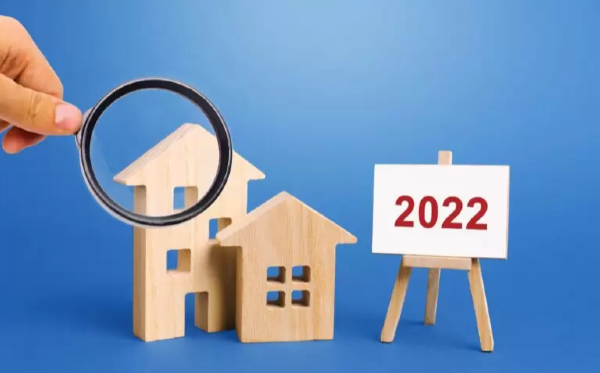

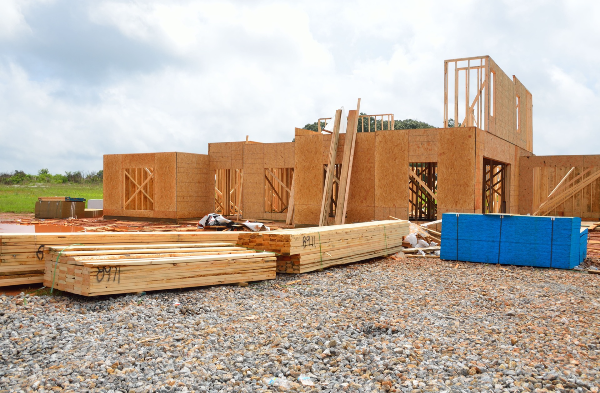

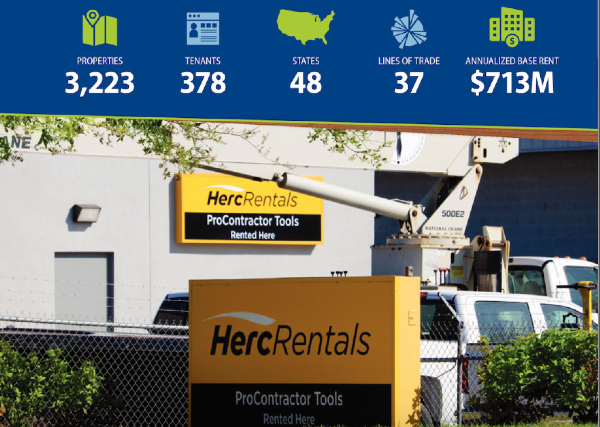



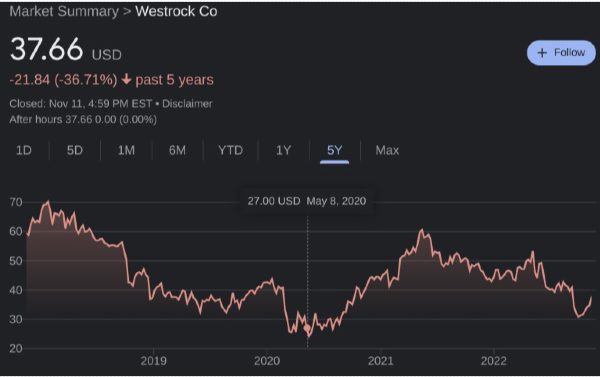

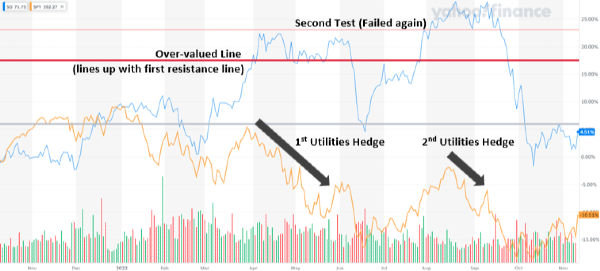



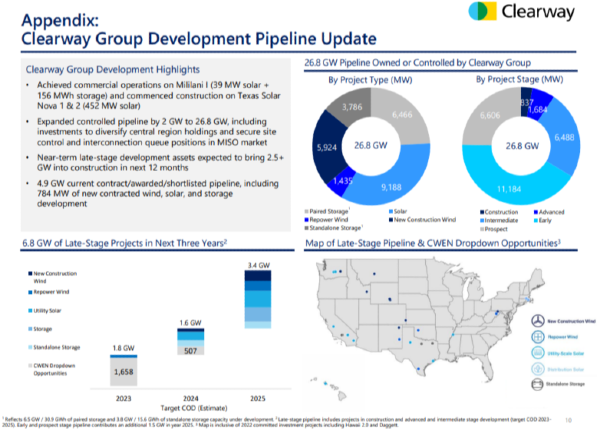
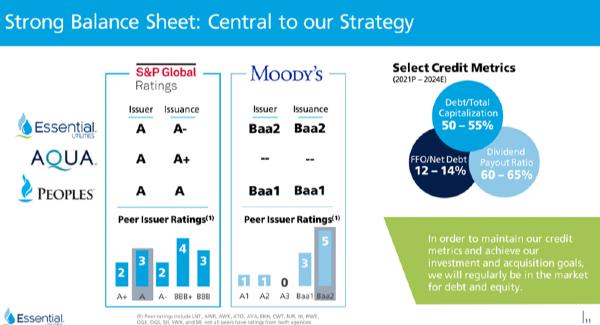




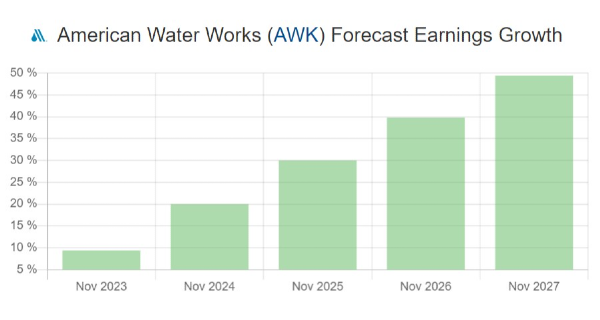








For the last two years, the housing market has been booming. But after going on a tear, there are signs that changes are ahead. Many hopeful people are wondering, is the housing market finally cooling off? This would come as welcome news for prospective buyers who have been priced out of homes or stuck in bidding wars. Based on market analysis and recent trends, there are several indications that the housing boom may be over.
The Housing Market Since Covid-19
There have been drastic fluctuations within the real estate and housing markets over the last few years. Namely, everything has gotten more expensive. The national average price of homes has increased by 30% since the pandemic began. In 2020, the national average was $329,000, but prices peaked in May 2022 at $430,000.While people expect the normal increase between 3-5% each year, prices rose by 12% in 2020, and 15% in 2021.
These figures represent the national average, but home prices vary greatly between states. California, Hawaii, and Washington D.C. have seen the greatest increases with the most expensive average home prices. However, the median cost for a home in Arkansas, Mississippi, and West Virginia is well below the national average.
As the economy rebounded from the impacts of Covid-19, it became a seller’s market. There were growing demands for homes, but only a 1.7% increase in the number of available units. Since the supply couldn’t keep up with the demand, home prices skyrocketed across the country. But now that prices are stagnating, economists believe that there are changes ahead.
8 Signs the Housing Boom is Over
Due to recent trends, some analysts believe that the spike in the housing marketing may be leveling off, with hopeful anticipation that it may even be in decline. Based on recent sales data, there may be some indications that the housing boom is over.
1. Major markets are cooling down. Cities like Phoenix, San Diego, and Denver saw some of the steepest increases in the real estate market. However, prices have started receding in the last few months.
In August 2021, prices increased by 30.9% in Phoenix. However, a year later there was only a 17.8% increase. In San Diego, prices were up 23.2% in 2021, but only 13.7% for 2022. Additionally, Denver residents saw an 11.4% increase in 2022, down from 19.5% in the previous year. If these trends continue for the next few months, it’s safe to say that some of the hottest markets look to be cooling down.
2. Inventory is increasing. Of course, available inventory will vary between markets. But generally speaking, there are more homes available on the market today than in the last two years. Based on data compiled by Redfin, there were 1.8 million homes for sale in August while only 1.1 million were listed in January of 2022. And if there is more competition, that usually means lower prices.
3. Prices are falling. The national average for the price of homes peaked in Q2 of 2022 at nearly $430,000. Since then, median home prices have fallen, now settling around $389,500.
Although this is s positive sign, it should be taken in stride. Sales data can change from month to month, with slight increases in some cases. However, the general trend shows that prices are falling. This comes as a huge relief to potential buyers who have been priced out of purchasing a home or forced into bidding wars. If prices continue to fall, more people may finally be able to afford their own homes, providing further relief in the rental market as well.
4. Houses are selling below the asking price. During the height of the boom, realtors expected nearly every home to sell above the asking price. In many instances, interested buyers had to incentivize owners to sell to them by waiving inspection fees, writing personal letters, or paying extra to convince them to sell. Now, more homes are selling at or below the original asking price.
5. Homes are staying on the market longer. Looking back, it was also common for a home to sell the first day it listed, sometimes within hours. People rushed to snatch up listings before the competition had a chance to act. Because of this, homes rarely stayed available for more than a few days and brought dozens of interested buyers.
However, houses have been staying on the market longer. In August 2021, the average number of days on the market was 17; in 2022 it was 26 days. This number is likely to continue growing as the holidays approach and the year comes to a close.
6. Sellers are reducing the asking price. Sometimes people make mistakes and misprice their homes. This can scare people off, so the seller may reduce the asking price to attract more attention. But, more and more people have had to lower their initial asking price in recent months.
The same figures from August show that 21.7% of listings had to reduce their price, a drop of 9.2% from the year before. If the tide is turning to a buyer’s market, homeowners will have to become more conservative when they set their price point.
7. Mortgage rates are increasing. The rise in the housing markets hasn’t gone unnoticed by the federal government either. One way national policy can influence the housing market and slow price increases is by increasing interest rates. Since it affects mortgage rates, it often discourages people from buying homes. As a result, buyers become more hesitant to purchase a home, and prices tend to drop.
According to Freddie Mac, the average 30-year fixed-mortgage rate was at 3.22% at the beginning of 2022. However, it soared to 7.08% by the end of October. Although experts hope rates won’t continue to increase, the trend is likely to continue until inflation has been curbed.
8. Home construction is also increasing. The lack of available homes put an enormous amount of pressure on the housing market. Since the cost of construction materials was high, it severely limitd the number of new builds. But, more people are breaking ground and building new homes. THis should help supply issues and help stabilize prices over the next few years.
Getting Down to the Brass Tacks
No one can deny that the market has been on a tear since the pandemic. However, national sales data shows that these drastic increases may be slowing. It could be a sign that the housing boom is over and turning from a seller’s to a buyer’s market. Or, it could just be a slight stagnation as inflation continues to affect prices. We can make educated guesses, but no one can predict what the markets will do.
While it’s wise to try and buy when prices are low, you shouldn’t put off a home if you need to buy now. If these trends continue, it may be a good idea to start looking at prospective properties or shop around for mortgage lenders. That way, you’ll be ready and pre-approved for a loan when the right opportunity comes along.
Read More
Originally Posted in Budget and Invest